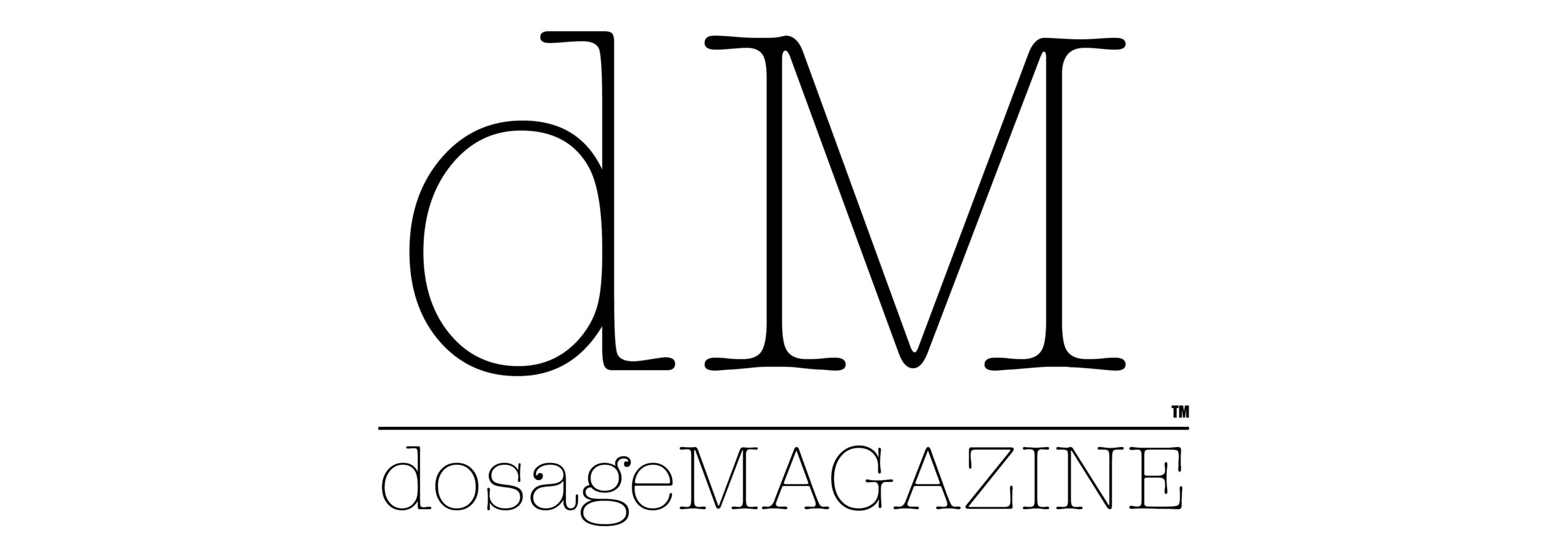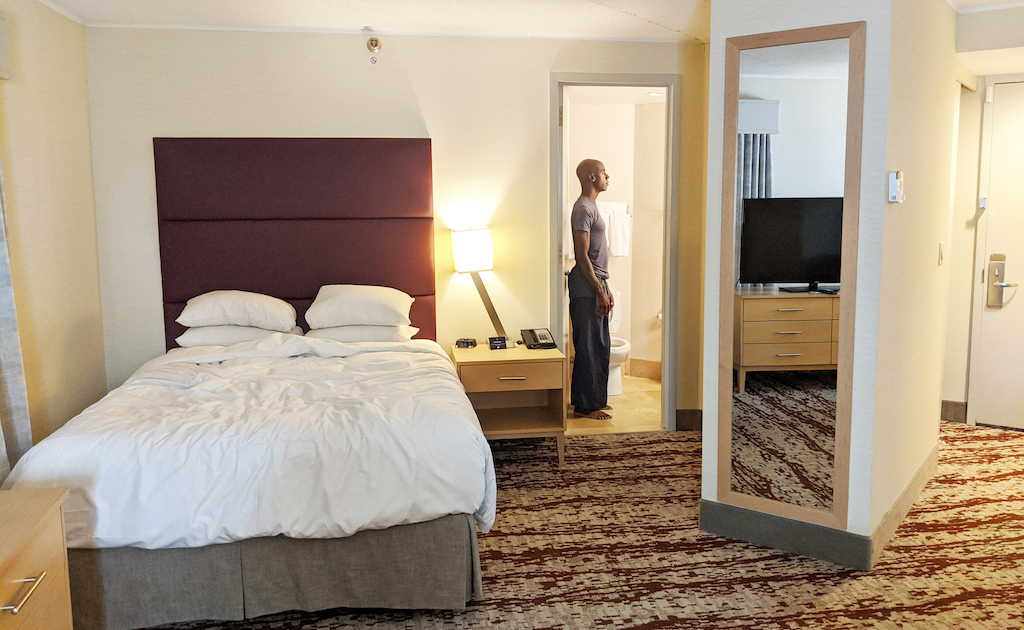You’ll probably hear me say this more than once throughout its month-long adventure: Philadelphia’s annual Fringe Festival 2020 of performing arts, film-video, music and more is a mostly virtual-digital affair (even if it didn’t start out that way) due to the pandemic.
The Die-Cast theatre company from Philadelphia was built for this sort of thing, as you can witness courtesy “Temporary Occupancy,” a new immersive digital event with a limited performance run, September 10 through October 4. Tickets can be purchased at fringearts.com. All performances are on the Die-Cast website.
Die-Cast’s Brenna Geffers and Thom Weaver, both, are responsible for some of the east coast’s most innovative, existentially-minded takes on what it means to create theater in the 21st Century. From glimpsing its eerie and elegant virtual creation “Temporary Occupation,” and its focus on the people – real, imaginary, ghostly, past, present, future – that move through a single hotel room. The relationship between visitor and space is tested and teased in a manner unseen and unheard in the past.
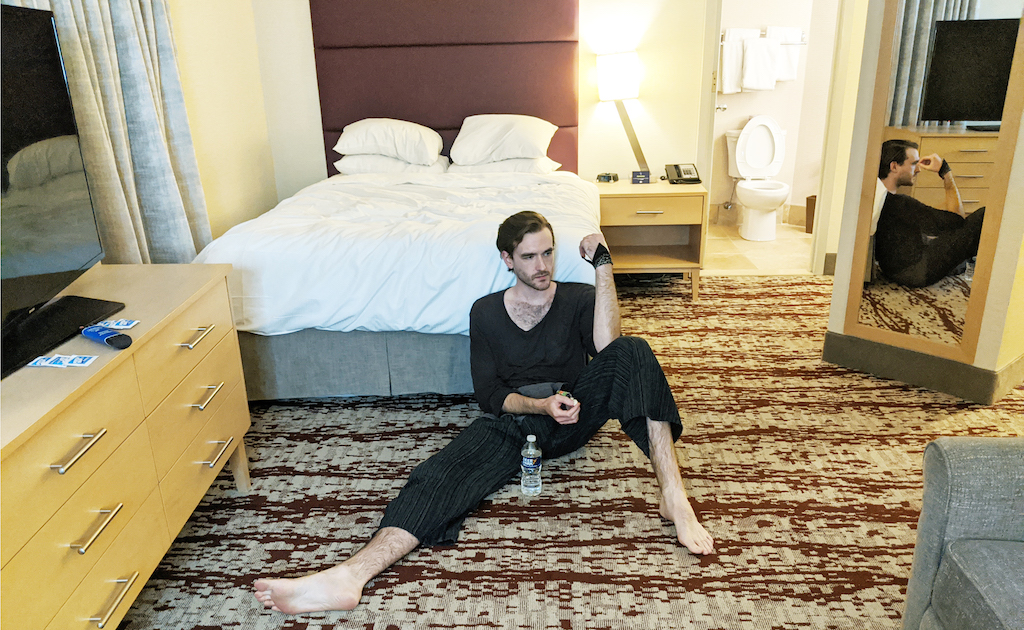
Enough about me. Here’s Brenna Geffers and Thom Weaver.
A.D. Amorosi: How and why did the two of you team up for Die-Cast in 2017, and, how did you each wish for this project to be different than anything either of you had created/crafted/performed as artists before this? Or, is this an accumulation of your talents?
Thom Weaver: We both had left rather disappointing experiences running and administering non-profit theatre companies and we thought there must be a better way. The whole system seemed to be actively working against art, against a healthy creative process by and for artists. At the same time we had become close collaborators on shows like Knives in Hens (Theatre Exile) and The Hairy Ape (EgoPo), and really felt like we were sympatico as creators. I’m not sure we even exactly knew what Die-Cast was when we started it, other than an opportunity for the two of us to have some control over our own destinies as collaborators. I think we definitely knew what we didn’t want it to be. Part of that frustration was just the way your standard nightly theatre event went. You park, you get your tickets, you grab a glass of wine, then sit in your pre-selected comfortable seats, watch a play and then do it all in reverse. It’s all too easy. Comfortable. We wanted to make work that was treacherous and de-stabilizing. Paranoid. Frustrating, even. Work that requires a lot of work from the audience, a higher level of agency, and, therefore, engagement. Die-Cast creates a space where your assumptions of, at the very least, your comfort as a viewer, are left at a deficit. So we can all deal with what’s left.
A.D. Amorosi: Under what circumstances have you worked together in the past before Die-Cast?
Brenna Geffers: The first time Thom and I worked together was on Theatre Exile’s Knives in Hens about 8 years ago. Thom designed both the sets and the lights for that piece and it is still one of my favorite collaborations. We figured out on that show that we both really valued building worlds, not just plays. It was a special production and still owns a lot of real estate in my heart. Since then, we have worked together on a lot of pieces, as designer/director, with Three Sisters Part 2 being a recent collaboration. That was an incredible design. We have been co-creators and writers and taught classes together in different universities around the country. At this point, we have both actually had to act for Die-Cast and be directed by the other, which was not something either of us saw coming.
A.D. Amorosi: Nick Stuccio told me that nearly all of FringeFest 2020’s being were curated/booked before the pandemic. Is this true of Temporary Occupancy? I know the show was intended for a Miami hotel – but the time frame alludes me as to when that was to occur as opposed to a Philly version. If true, how and in what fashion did you amend Temporary Occupancy to fit a socially distance/virtual ideal? If not, when and how and why did you conceive of a single hotel room (filled with transient diverse guests and ghosts) in which to hold our attention – the audience and you as artists?
Thom Weaver: The initial framework was created for Miami Beach, which amazingly (and perhaps unsurprisingly, given how things have gone), we still thought we were going to do as late as April. We had won a competition to be part of this festival there to celebrate their local historic hotels. In fact, I think we were the only theatre company to be part of it. This was right up our alley because everything we do is about creating original work specific to and inspired by a single, non-theatrical space. A single hotel room is perfect for us, so it was always the plan. I think we all started initially working on our pieces as early as December. We still hope to do it in Miami, too. When COVID finally scuttled those plans, we still had all this work we had made and were continuing to make. So taking out a room at the Doubletree (once it opened to guests) and making something locally made the most sense with what we had already made. And it gave us the opportunity to collaborate with our ‘cousins’, which is our affectionate term for Die-Cast collaborators across the country, including our old friend Sean Lally and Arts West in Seattle. I think we hope the camera, in this case, is the proxy for the audience’s eye in the room. Our work has always been about intimacy. There are no boundaries created by prosceniums or seats, you can get right up next to the performer. So if the audience feels like they’re right behind the camera, or on the other end of that Zoom, that’s very similar to what our experiences are often like anyway.
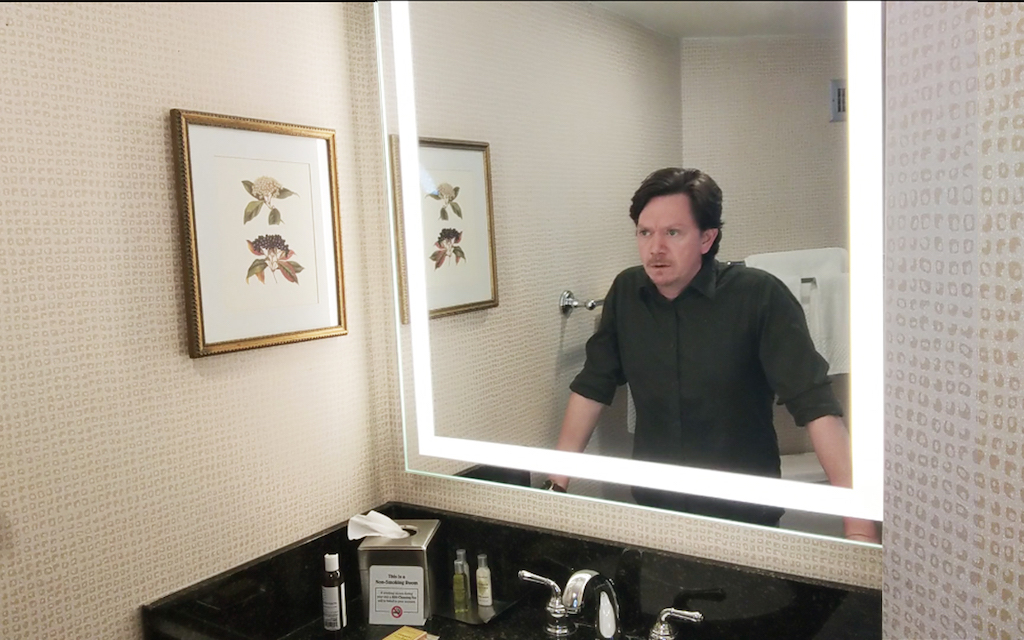
A.D. Amorosi: So what is the tech of all this? What and how are you filming (existing) and mic-ing (listening in on) what action in the room, and how are we the audience following? Because I don’t imagine that our viewership is passive? How immersive is the immersion of Temporary Occupancy?
Brenna Geffers: The What starts out pretty simply. In the world of our story, audiences are prospective customers for a new type of boutique hotel experience, Vicurious. The fictional hotel boasts the opportunity to reserve an experience with none of the “physical or emotional risks” present in our real world of social distancing. Audiences are visiting a website and previewing “rooms” the same way any of us would when considering a traditional hotel. Do I want to reserve a queen or a double? That is the starting off point. The How starts to unravel the world a bit and I will let audiences get there on their own except to let you know that Vicurious does do a screening process for any potential guest. As for the word “immersive” I think that is a little more complex. For us, the word immersive means that the audience occupies a unique position in our work. They have to take action, be it choosing which character to follow out of a room in our in-person pieces, or deciding to taste the hot pepper cocktail put in front of them as in our popular show Gintry, or deciding what the characters look like in their imaginations, as in our collaboration with the Wilma for their radio play Is God Is. Die-Cast audiences are not observers; they are participants in the creation of the world. They are in the space with us, whatever that space may be. This is true for Temporary Occupancy as well, even if the space is a digital one.
A.D. Amorosi: What was this program’s principle influences – cinematic and otherwise?
Brenna Geffers: This piece has a lot of influences because each of the rooms is very different, both in style and in content. Some are very realistic and emotionally driven. Others start to drift away from reality into the more spiritual world. Die-Cast uses a “collective creation” process to make our work so there are many authors embedded in the story. One of the values of working this way is that the influences and proclivities and experiences of anyone in the group can become part of the world. There are many imaginations at work, not just one or two like in traditional storytelling. We as a group are telling you a story. So there are a lot of influences at work here, not just the ones Thom and I bring to the room. That being said, as a collective, we do seem to love our metaphysical paradoxes, philosophy, online quizzes, a good dash of the occult, and singing old songs together.
A.D. Amorosi: Do you think, in any way, that a live audience’s loss is a virtual audience’s gain? That in some fashion Temporary Occupancy is more inventive as an online event than one where you crowd shuffles from room to room, vignette to vignette?
Thom Weaver: The best way to answer this is that at Die-Cast, this is what we’ve always done. This is our entire mission, if you can call it that. “You May Now Exit the Theater.” We’ve been stripping away the practices and procedures of subscription-model, comfortable, theatre for a while now. In fact now, with The 2X2L Programme, we’re even stripping away the visual presence all-together and making radio theater. Our work doesn’t really have a beginning or an end. It doesn’t have a set way to watch it or order to watch it in. It has always been “choose-your-own-adventure”, it’s always been a bit treacherous. We have never and probably will never do our work inside of a theater (or at least an active one). I think also because of the nature of how our audiences move throughout the spaces, it can have a certain indifference to whether you are watching it or not. It’s not uncommon for our artists to do entire scenes in a room where no one is watching. We love having a live audience, don’t get me wrong. But our work doesn’t require it. COVID fucked up all of our lives in a variety of ways, which we’re all dealing with as a company, but the style of our work has really remained unchanged.
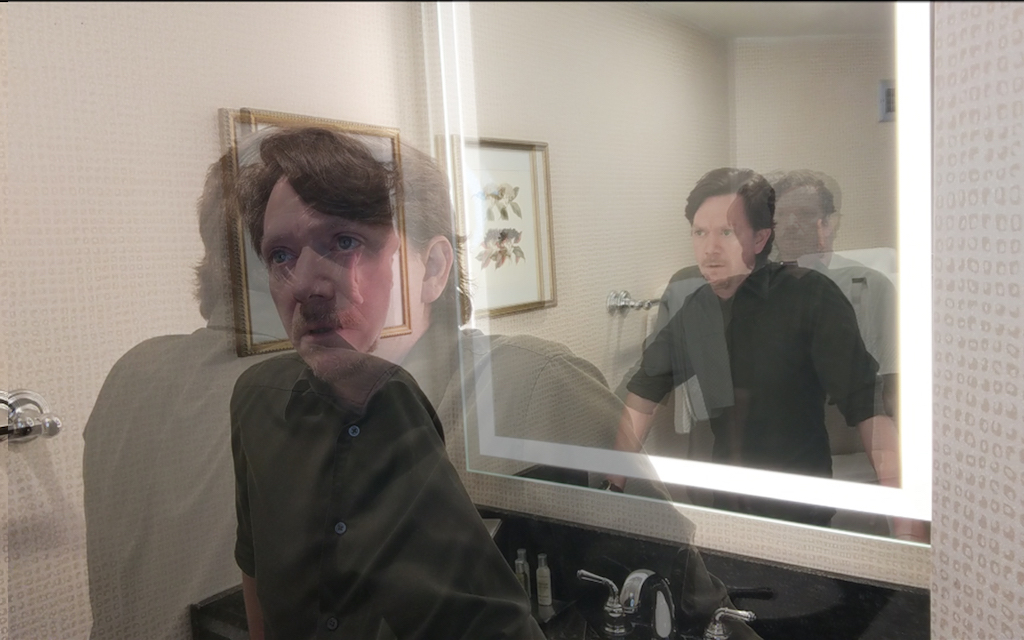
A.D. Amorosi: Do we have to sit through each ‘event’ to get the entire picture of Temporary Occupancy? Is there a dénouement only gathered by its collective intake or can it be fully appreciated by seeing one and done?
Brenna Geffers: There is a series of events that start to reveal themselves, but it is not necessarily important that you interact with the piece in an exact order. I think there is a sense of denouement, maybe even more so than our typical immersive creations. We are not big believers in “catharsis” at Die-Cast. Maybe because there is not one single hero we expect you to latch onto in most of our work.
A.D. Amorosi: What do you hope an audience gets/feels/craves/does after seeing Temporary Occupancy?
Brenna Geffers: I always hope the audience will feel a deep curiosity during our work. As for afterward? I think the best compliment for a piece of art is if someone wants to talk about it with other people afterward to explain what they saw and find out what they missed. I hope they want to share it.
Images: Courtesy of Die-Cast Theatre Company

About Post Author
Discover more from dosage MAGAZINE
Subscribe to get the latest posts sent to your email.
